Sequence viewing > Light & Lighting - Resource - ©
Lloyd Godman
Light in Photography - LIGHTING - Oblique angle of light
The angle light strikes a surface of an object affects the way the texture of the object is revealed in a photograph. Flat soft light diminishes the textural qualities of the object. Direct light falling onto the object can also reveal little of the texture. However when the light is directed across the surface of the object the texture become evident. The more obliquely the light strikes the surface the more the texture is revealed. This happens because a series of highlights and shadows are created. Any raise surface the light strikes becomes lighter than the recessed areas where no light strikes and by contrast these areas fall into shadow. The relationship of highlight and shadow reads as enhanced texture.
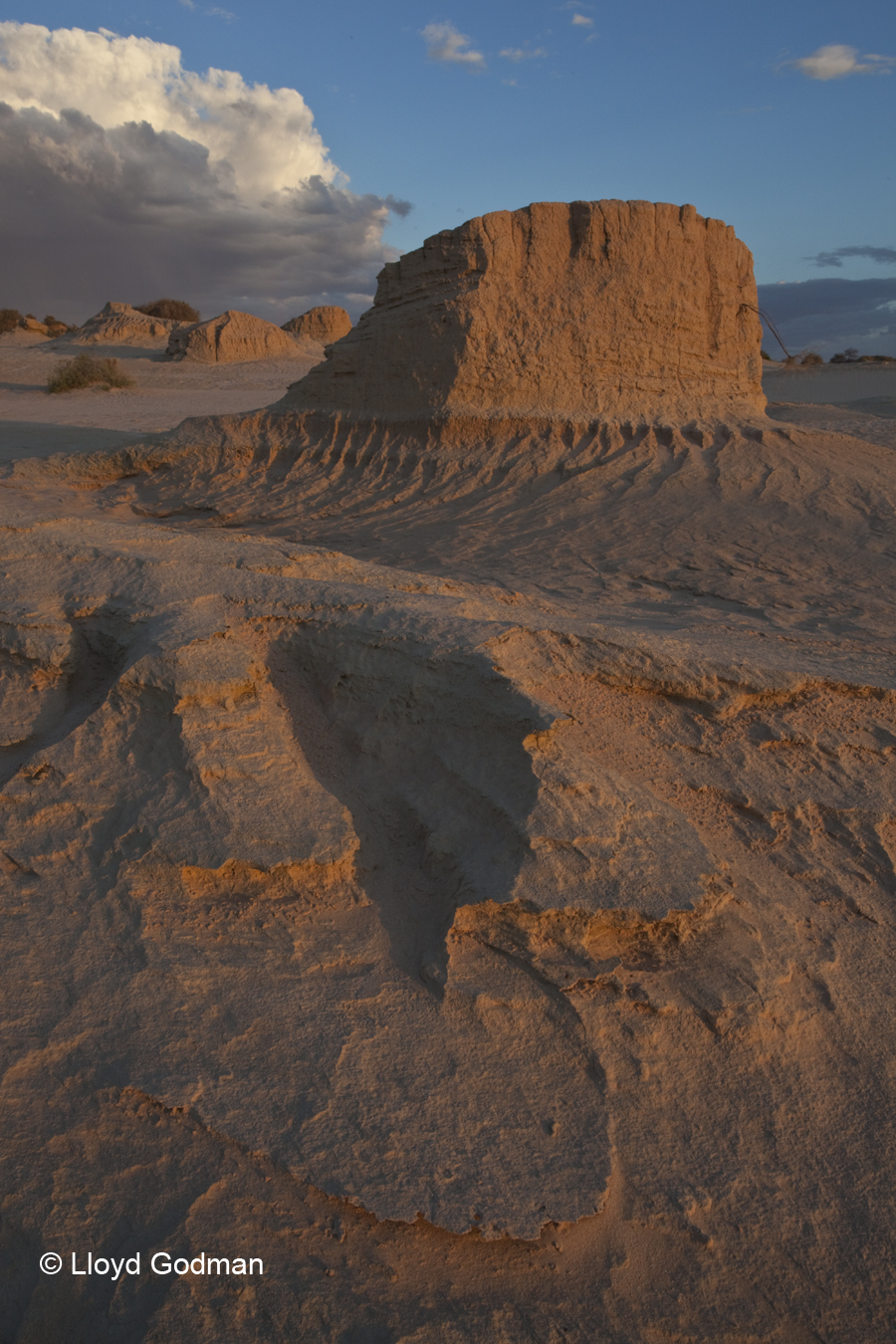
Here we see the low angle of the sun striking the subject in an oblique manner - falling across the surface - where the texture of the landscape is enhanced the areas of light and shadow are relatively large.
|
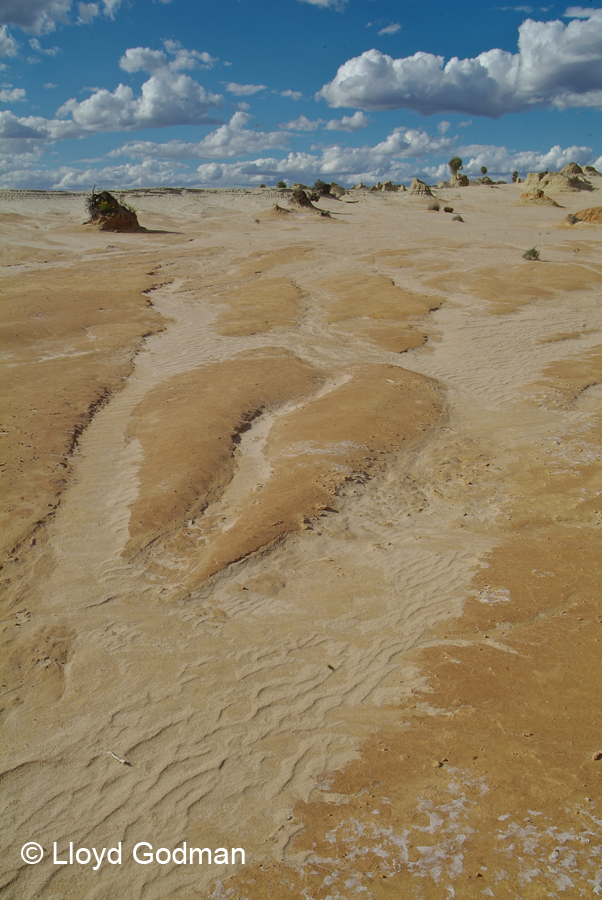
However in this image taken at mid day of the same location the light is more direct and there are few shadows so the texture of the land is less obvious. |
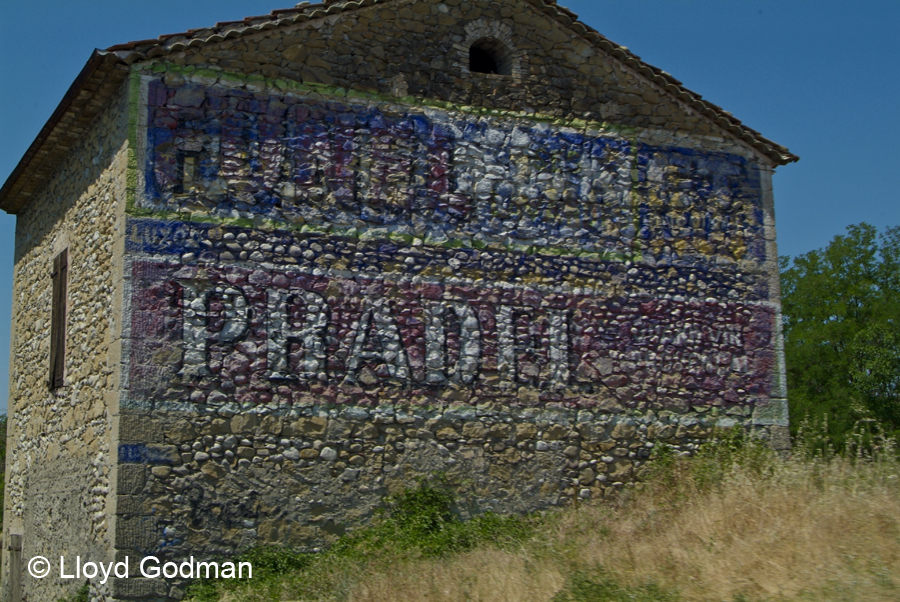
Here the light is striking the right side of the building from a more oblique angle and creates more texture than the left side - |
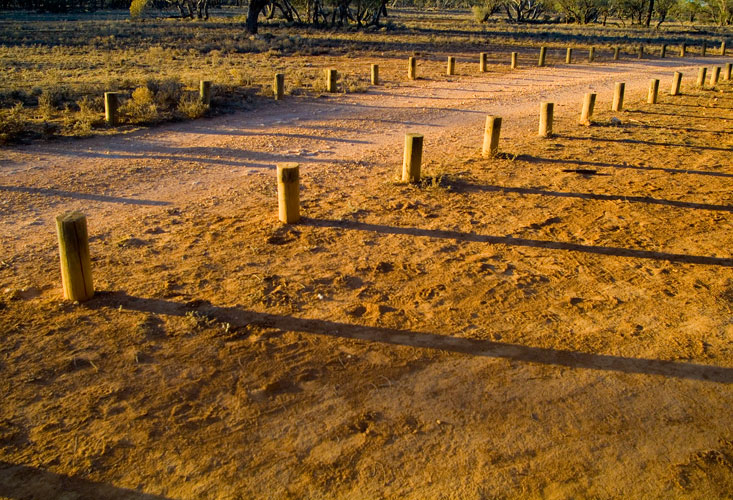
The long shadows of the poles indicate the low angle of the sun which is creating a rich texture on the earth. |
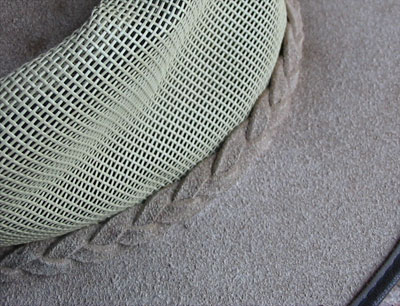
In this image of the leather hat the light is flat and the texture of the material is less obvious |
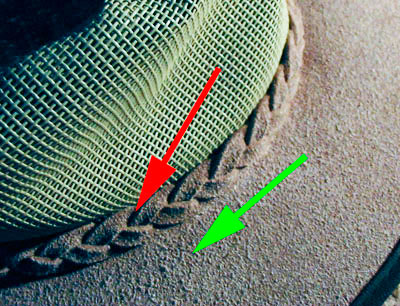
In this image the light is oblique and reveals the texture of the leather. Look how this alters with the angle the light hits the curving surface. The more oblique the angle the greater the sense of texture. The areas of light and shadow are relatively small. |
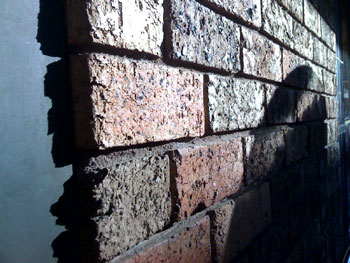
Want to learn more? - do a workshop or one on one with Lloyd Godman
|